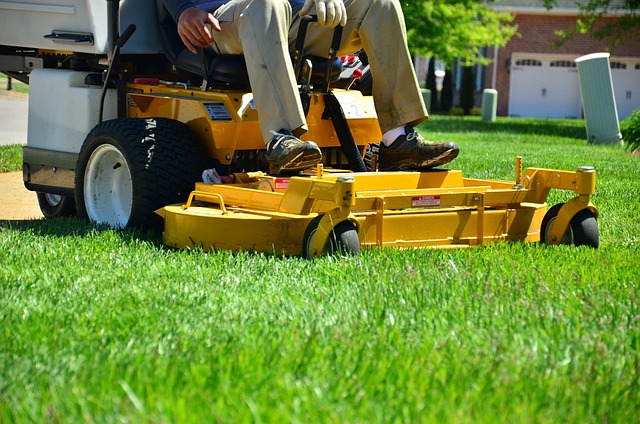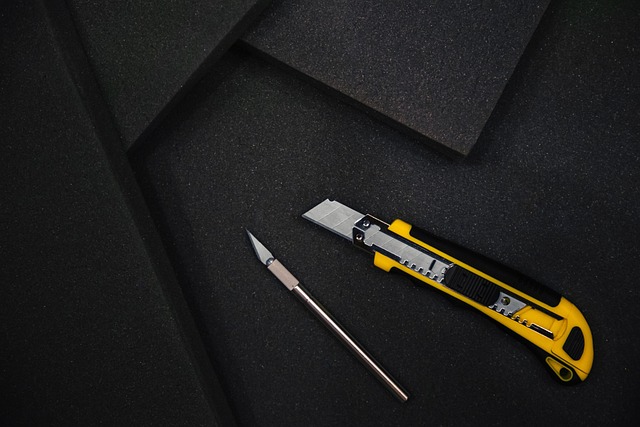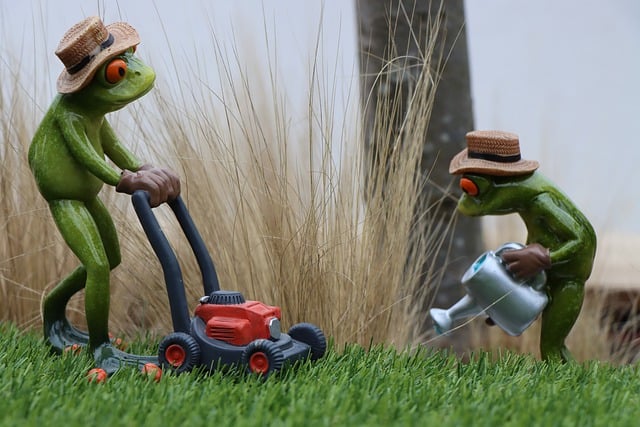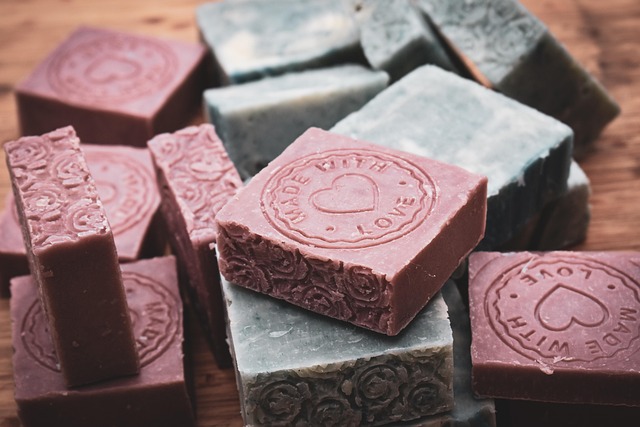Mulching and edging are essential practices in Lawn Care and Landscaping. Mulch improves soil health, retains moisture, and suppresses weeds, while edging defines lawn boundaries, prevents weed growth, and enhances aesthetics. Combining these techniques creates a lush, well-maintained yard with uniform grass and neat edges, complementing your home's exterior.
Transform your lawn into a picture-perfect oasis with effective mulching and edging techniques. This comprehensive guide delves into the world of lawn care and landscaping, showcasing how these simple yet powerful tools can enhance your outdoor space. From understanding the benefits and types of mulching to mastering precise edging skills, you’ll unlock the secrets to achieving a manicured look. By combining these practices, you ensure a healthy, visually appealing lawn that becomes the envy of your neighborhood.
- Understanding Mulching: Benefits and Types for Your Lawn
- Edging Techniques: Creating Clean Lines and Defining Borders
- The Art of Combining Mulching and Edging for Optimal Lawn Care
Understanding Mulching: Benefits and Types for Your Lawn

Mulching is an essential practice in lawn care and landscaping, offering numerous benefits for your grass and overall garden aesthetics. By adding a layer of organic or inorganic material on top of the soil, mulching helps to retain moisture, suppress weeds, and regulate soil temperature. This simple yet effective technique is a game-changer for maintaining a healthy and vibrant lawn.
There are various types of mulch available, each with unique properties. Organic options like wood chips, straw, or compost not only enhance the soil’s fertility but also encourage beneficial microbial activity. In contrast, inorganic mulches such as rocks, gravel, or rubber pieces provide a more durable solution, preventing weed growth without adding organic matter to the soil. Whether you choose natural or synthetic mulch, incorporating it into your lawn care routine will contribute to a lush and well-maintained outdoor space.
Edging Techniques: Creating Clean Lines and Defining Borders

When it comes to lawn care and landscaping, edging is an often-overlooked yet crucial aspect that can transform your outdoor space. It involves meticulously trimming the grass at the edge of your lawn, paths, or flower beds, creating clean lines that define the boundaries between different areas. This simple practice not only gives your garden a polished look but also helps to prevent weeds from taking over and keeps grass from encroaching on pavements and walkways.
There are several edging techniques to choose from, each offering unique advantages. String trimmers are a popular choice for quick, linear edges around pathways or fences. For more detailed work, hand tools like edgers or edging shears allow for precise control, ideal for defining flower bed borders or crafting intricate designs. In larger areas, rental equipment such as gas-powered edgers can efficiently complete the task in record time. Whatever method you opt for, investing time in edging ensures a neat and well-maintained lawn that becomes the envy of your neighborhood.
The Art of Combining Mulching and Edging for Optimal Lawn Care

The art of combining mulching and edging is a key practice in lawn care and landscaping, offering numerous benefits for your yard’s health and aesthetics. Mulch provides insulation to soil, retaining moisture and suppressing weeds, while edging defines the edge of your lawn, creating a neat and polished look.
By integrating these two techniques, you create a thriving and visually appealing lawn. Edging helps prevent mulch from spreading onto sidewalks or driveways, maintaining a clean line. It also allows for better visibility of weed patches, making targeted treatment easier. Meanwhile, applying mulch after edging enhances the overall landscape design, providing a uniform and polished finish that complements your home’s exterior.
Mulching and edging are essential practices in lawn care and landscaping, offering numerous benefits such as weed suppression, moisture retention, and enhanced soil health. By understanding different mulching types and mastering edging techniques, you can transform your lawn into a well-defined, vibrant space. Combining these two practices creates an optimal environment for grass growth, ensuring your yard becomes the envy of the neighborhood.














